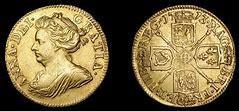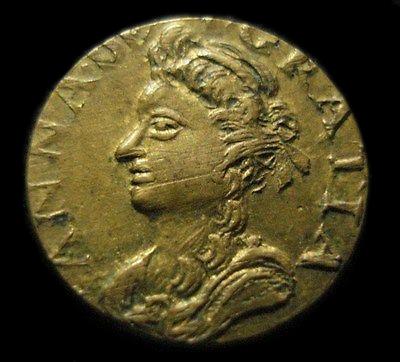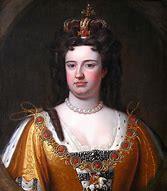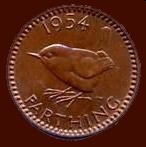








Designed by Nigel G Wilcox






The Paragon Of Metal Detecting
Powered By Sispro1
British Sterling Currency - Numismatics,
Half Guinea
For Reference ONLY
Everything For The Detectorist
Half Guinea

Anne 1702-1714 AD
Royal Monarchy
Copyright All Rights Reserved by Nigel G Wilcox E-Mail: ngwilcox100@gmail.com
INFORMATION - DATA
Pages


The half guinea gold coin of the Kingdom of England and later of Great Britain was first produced in 1669, some years after the Guinea entered circulation. It was officially eliminated in the Great Recoinage of 1816, although, like the guinea, it was used in quoting prices until decimalisation.
The reign of Queen Anne (1702-1714) produced pre-Union half guineas in 1702, 1703, and 1705. The 1703 half guinea bears the word VIGO under the Queen's bust, to commemorate the origin of the gold taken from the Spanish ships at the Battle of Vigo Bay. With the Union of England and Scotland the design of the reverse of the half guinea was changed. Until the Union, the cruciform shields on the reverse showed the arms of England, Scotland, France, and Ireland in order, separated by sceptres and with a central rose, and the legend MAG BR FRA ET HIB REG date. With the union, the English and Scottish arms appear conjoined on one shield, with the left half being the English arms and the right half being the Scottish arms, and the order of arms appearing on the shields becomes England+Scotland, France, England+Scotland, Ireland and the legend MAG BRI FR ET HIB REG date. The centre of the reverse design shows Star of the Order of the Garter. The coins weighed 4.2 grams, were 20 millimetres in diameter. The edge of the coin is milled diagonally.
The dies for all half-guineas of Queen Anne and King George I were engraved by John Croker, in immigrant originally from Dresden in the Duchy of Saxony..[
The reign of Queen Anne (1702-1714) produced pre-Union half guineas in 1702, 1703, and 1705. The 1703 half guinea bears the word VIGO under the Queen's bust, to commemorate the origin of the gold taken from the Spanish ships at the Battle of Vigo Bay. With the Union of England and Scotland the design of the reverse of the half guinea was changed. Until the Union, the cruciform shields on the reverse showed the arms of England, Scotland, France, and Ireland in order, separated by sceptres and with a central rose, and the legend MAG BR FRA ET HIB REG date. With the union, the English and Scottish arms appear conjoined on one shield, with the left half being the English arms and the right half being the Scottish arms, and the order of arms appearing on the shields becomes England+Scotland, France, England+Scotland, Ireland and the legend MAG BRI FR ET HIB REG date. The centre of the reverse design shows Star of the Order of the Garter. The coins weighed 4.2 grams, were 20 millimetres in diameter. The edge of the coin is milled diagonally.
The dies for all half-guineas of Queen Anne and King George I were engraved by John Croker, in immigrant originally from Dresden in the Duchy of Saxony..[

Anne
Main Coin Menu

VIEW ALL MENUS
Member NCMD
6. S. Menu
























